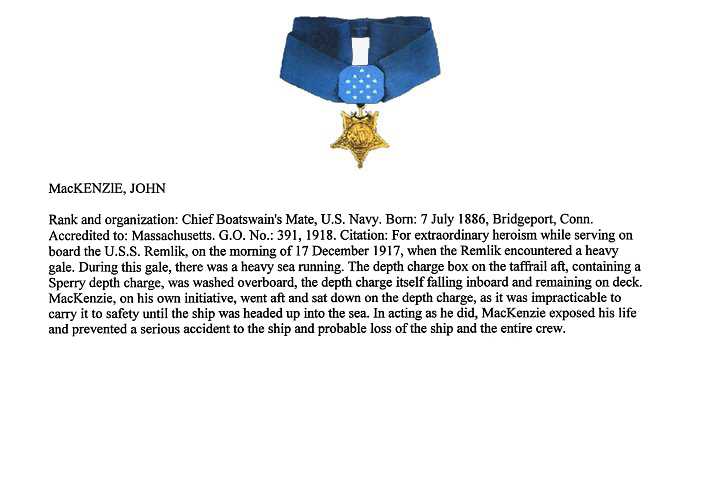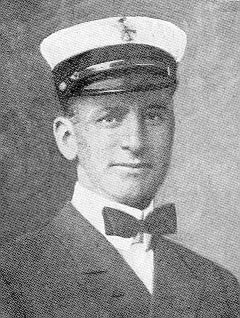MACKENZIE-JOHN
JOHN MACKENZIE

BMC


When the United States entered World War I in April 1917, the U.S. Navt had two primary missions: countering German U-boats and transporting troops and supplies to Europe. Although American troops and supplies were crucial to the Allied war effort, they could not be safely transported across the Atlantic Ocean until the U-boat threat was neutralized. The difficulty of this mission was compounded by the fact that the U.S. Navy did not have enough destroyers to do the job properly. This was a crucial deficiency since there were a limited number of French ports that the United States could use to disembark its troops and supplies. The Germans also knew this, so it was expected they would concentrate their U-boats near those ports and try to intercept the convoys as they entered port.
Since the Navy's inventory of destroyers was inadequate to meet the German submarine threat, the Navy bought or requisitioned a number of civilian yachts and converted them into warships. Among them was Willis S. Kilmer's Remlik. Commissioned on July 11, 1917, USS Remlik departed New York in early August in the company of the seven other converted yachts. Like the other converted yachts, Remlik was commanded by a Regular Navy officer, but the yacht's crew was made up almost entirely of reservists, volunteers, or recent recruits, many of whom had little or no sea-going-experience. Among the crew of the Remlik was John Mackenzie, who would become the first Naval Reservist to earn the Medal of Honor.
Remlik and the other ships in the squadron arrived in Brest, France in late August. Although they were unsuited for open ocean operations, the yachts performed two important missions: they escorted convoys in and out of port through the submarine danger area and they escorted costal convoys from port to port.
Remlik was on patrol duty on the morning of December 17, 1917 when she found herself fighting both a submarine and a storm. A lookout spotted a periscope about 400 yards off the starboard beam. Since the U-boat remained submerged, Remlik was unable to engage it with her guns and she could not drop a depth charge because she was only making two knots through the water. If she had dropped at depth charge at that speed, the resultant explosion would have damaged her as badly as the U-boat.
As the waves crashed over the ship, one particularly strong wave broke a depth charge box loose aft and swept the box over the side. But the depth charge itself, containing 300 pounds of explosive, fell inboard, lost its safety pin, and began rolling around on deck. Disregarding the danger of being swept overboard or blown up, BMC Mackenzie ran down the deck and threw himself on the plunging cylinder. After several attempts, during which he was almost crushed by the depth charge, Mackenzie managed to set the depth charge on its end and, with the help of some others, lashed it down securely so it posed no further risk to the ship.
- taken from Honor, Courage and Commitment: United States Naval Reserve Medal of Honor Recipients, Naval Historical Center

